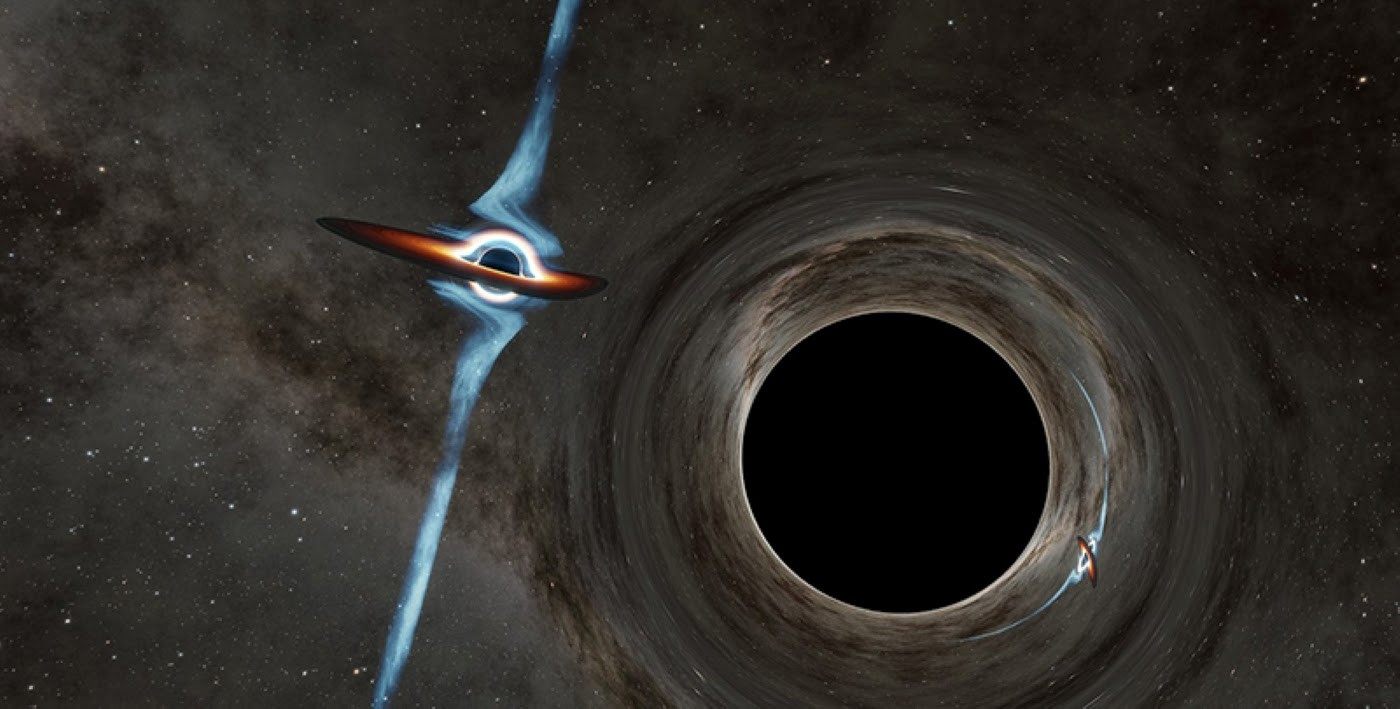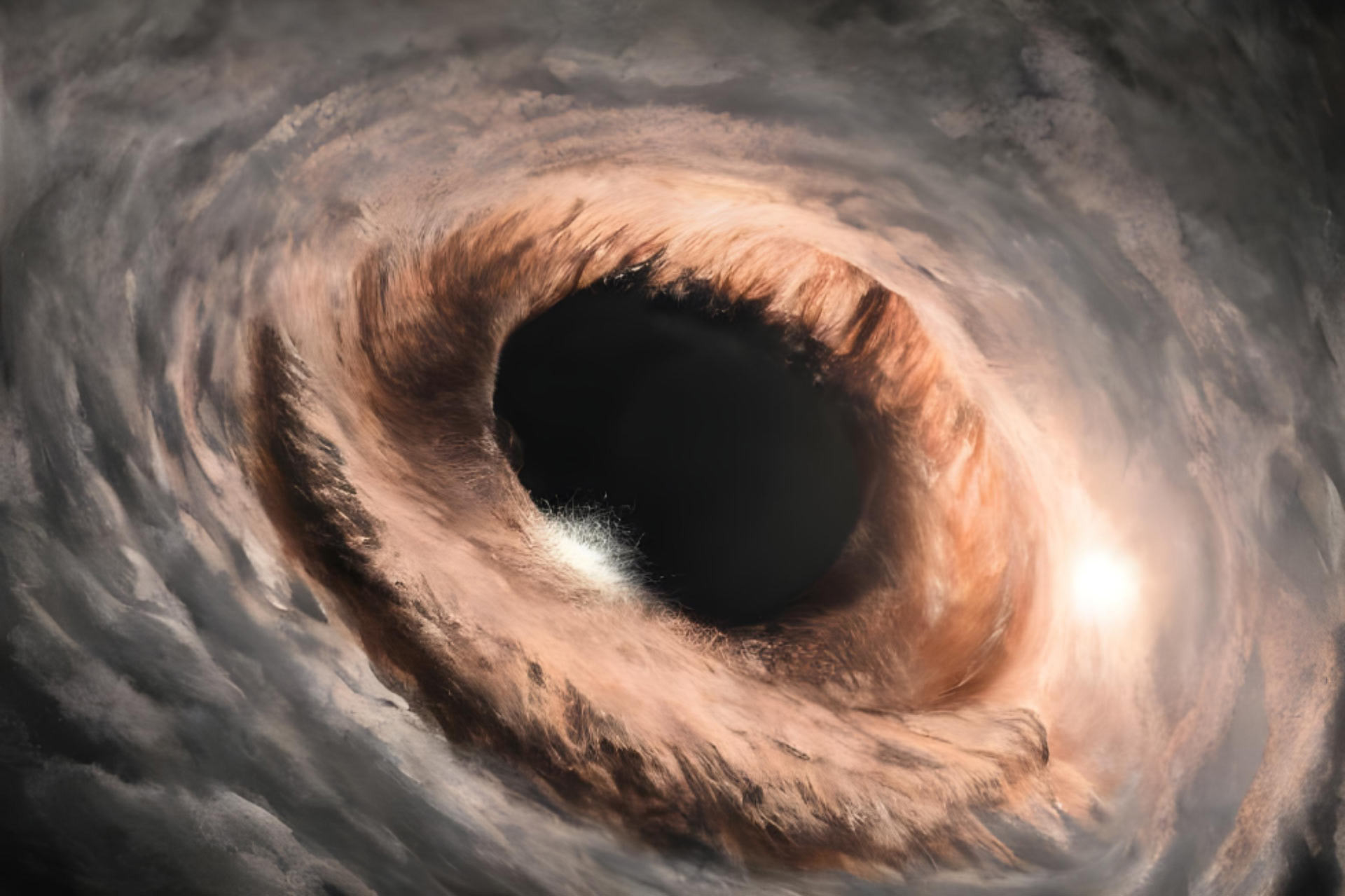In a groundbreaking astronomical discovery, scientists have observed two pairs of supermassive black holes on the verge of merging. This unprecedented event, occurring in two dwarf galaxies, offers a unique glimpse into the formation and evolution of galaxies in the early universe.
NASA's Chandra X-ray Observatory has captured extraordinary images of two dwarf galaxies, Mirabilis and Elstir & Vinteuil, located 760 million and 3.2 billion light-years away from our galaxy, respectively. These observations have revealed a cosmic spectacle never before witnessed : each galaxy harbors not one, but two supermassive black holes at its core.
The detection of these black hole pairs was made possible by observing the X-ray emissions from their accretion disks. As matter falls into a black hole, it forms a disk of superheated plasma around it, emitting X-rays detectable by specialized equipment like Chandra.
This remarkable discovery has been documented in a study published in The Astrophysical Journal and ArXiv, shedding light on the intricate processes of galactic evolution. The significance of this finding lies in its potential to unlock mysteries surrounding the formation of large galaxies like our Milky Way.
Dwarf Galaxies: Building Blocks of the Universe
Dwarf galaxies, containing fewer than a billion stars, play a crucial role in the cosmic narrative. Scientists believe that these smaller galaxies are the progenitors of larger, more mature galaxies like our own. Through a series of mergers over billions of years, these cosmic infants grow into the majestic spiral and elliptical galaxies we observe today.
To put this into perspective, consider the following comparison :
Brenna Wells, co-author of the study, explains, "Most dwarf galaxies and black holes in the early universe have likely grown much larger now, thanks to repeated mergers. In a way, dwarf galaxies are our galactic ancestors, evolving over billions of years to produce large galaxies like our own Milky Way."
Implications for Galactic Evolution
This unprecedented observation of dual black hole pairs in merging dwarf galaxies opens up new avenues for research into galactic formation and evolution. Scientists are particularly excited about the potential insights this discovery might offer into the early stages of galaxy development.
The merging process of these black holes and their host galaxies is expected to provide valuable data on :
Jimmy Irwin, another co-author of the study, emphasizes the importance of continued observation : "Follow-up observations of these two systems will allow us to study crucial processes for understanding galaxies and their black holes at a young age."
A Glimpse into the Cosmic Past
As astronomers continue to monitor these merging galaxies, they anticipate gathering crucial data that could revolutionize our understanding of cosmic evolution. The fusion of dwarf galaxies and their central black holes represents a key stage in the life cycle of galaxies, potentially explaining how the universe transitioned from its early state to the complex tapestry of celestial objects we observe today.
This historic first observation of dual black hole pairs on the brink of merging marks a significant milestone in astronomical research. It not only provides a rare glimpse into the mechanics of galactic evolution but also sets the stage for future studies that may unravel some of the most profound mysteries of our universe.
As we continue to peer deeper into the cosmos, discoveries like these remind us of the dynamic and ever-changing nature of our universe. The merger of these black holes and their host galaxies serves as a cosmic time capsule, allowing us to witness processes that shaped the very fabric of our galactic neighborhood billions of years ago.


















